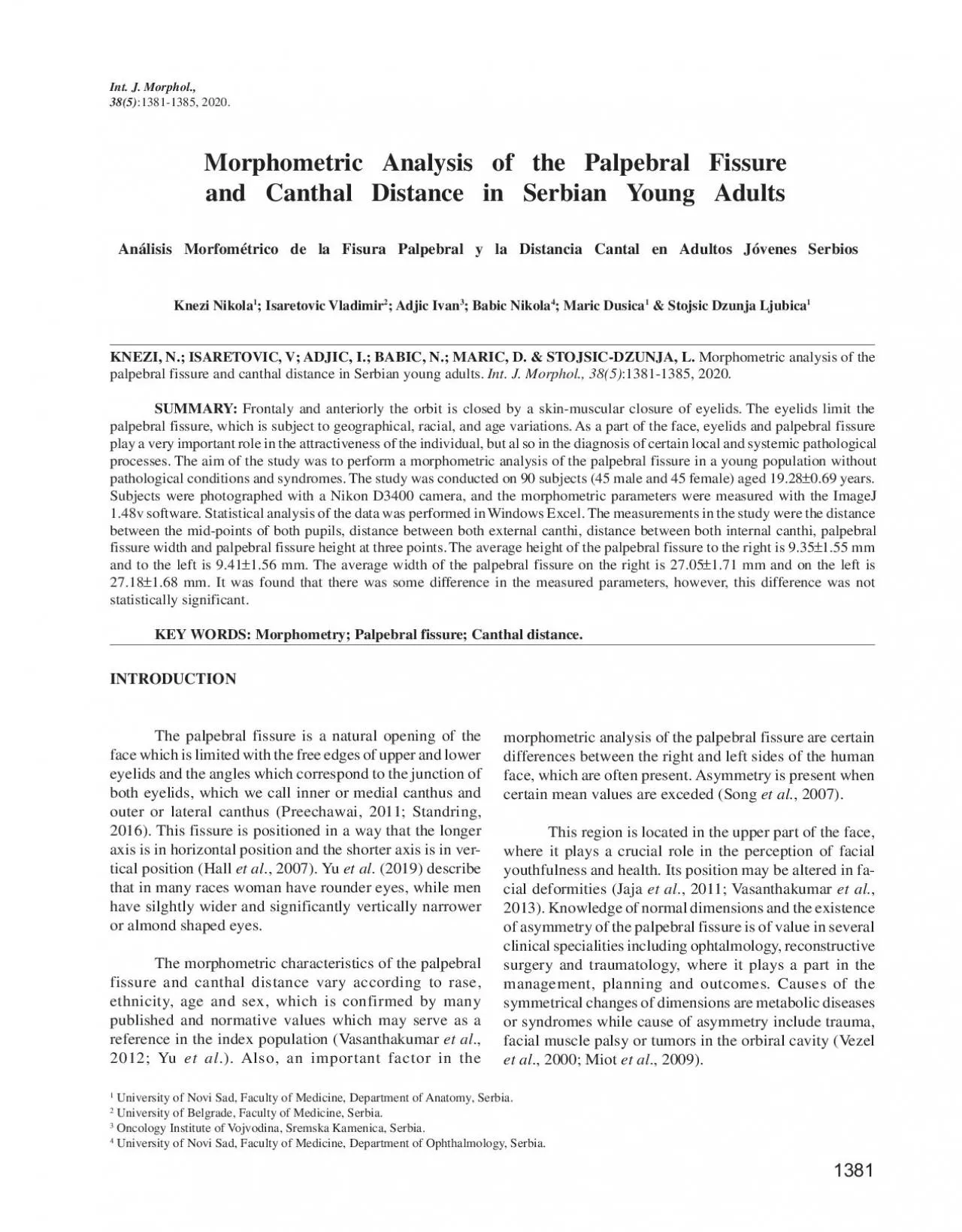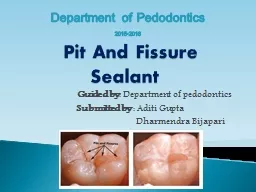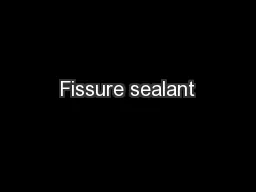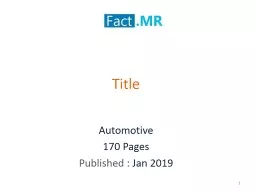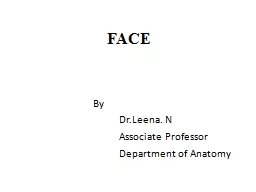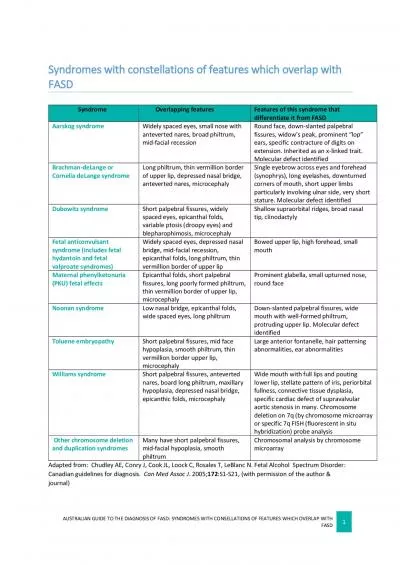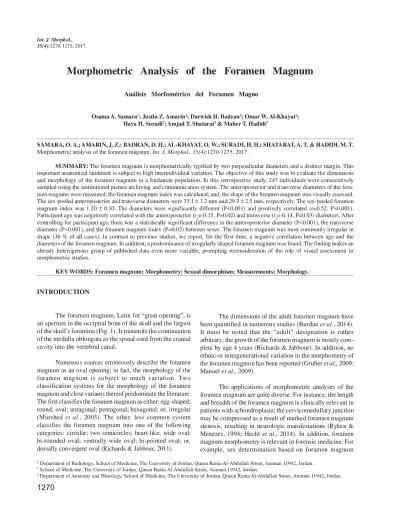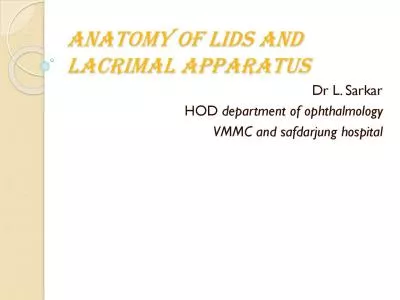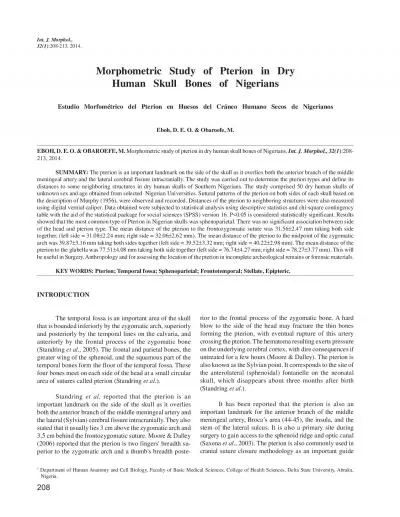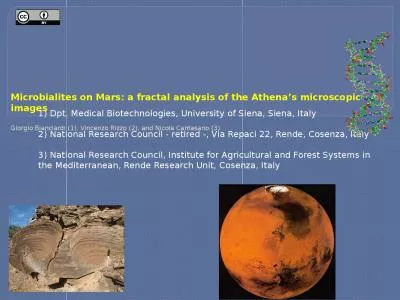PDF-Morphometric Analysis of the Palpebral Fissure and Canthal Distance in
Author : emery | Published Date : 2022-09-22
University of Novi Sad Faculty of Medicine Department of Anatomy Serbia Oncology Institute of Vojvodina Sremska Kamenica Serbia University of Novi Sad Faculty of
Presentation Embed Code
Download Presentation
Download Presentation The PPT/PDF document "Morphometric Analysis of the Palpebral F..." is the property of its rightful owner. Permission is granted to download and print the materials on this website for personal, non-commercial use only, and to display it on your personal computer provided you do not modify the materials and that you retain all copyright notices contained in the materials. By downloading content from our website, you accept the terms of this agreement.
Morphometric Analysis of the Palpebral Fissure and Canthal Distance in: Transcript
Download Rules Of Document
"Morphometric Analysis of the Palpebral Fissure and Canthal Distance in"The content belongs to its owner. You may download and print it for personal use, without modification, and keep all copyright notices. By downloading, you agree to these terms.
Related Documents

